 Donate
Donate

Great Isaiah Scroll, Temple Scroll, War Scroll, Community Rule Scroll, Commentary on the Habakkuk Scroll
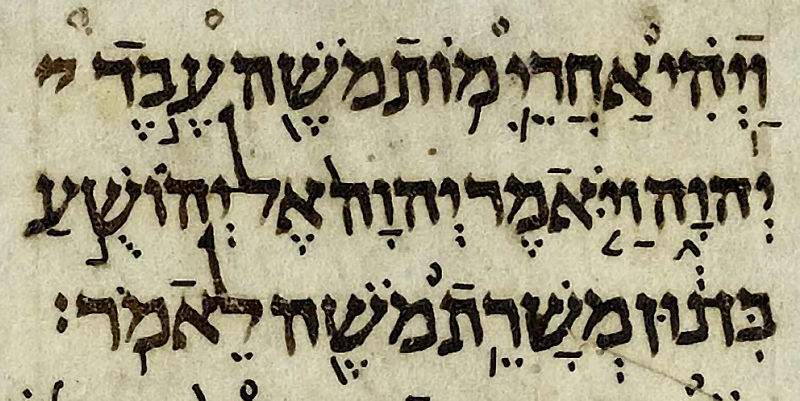
Digitization Projects by Ardon Bar-Hama
Online (images in a webpage). Quick to scroll.
https://barhama.com/aleppocodex/
This is a great page to read. They have a slider that reveals a cleaner image of the manuscript.
Description on the website:
Wikimedia Commons: Aleppo Codex
High resolution; multiple pdfs.
מקראות גדולות הכתר - כתר ארם צובא
Great Readings of the Crown - Crown of Aleppo
Hebrew website. Has a scripture index so you can quickly find the page.

Click on a verse to activate the Resources Panel. Scroll down and select Manuscripts. This will display the page of the Leningrad Codex as a high resolution, colour pdf.
Sefaria has the clearest images I've seen.
Wikimedia Commons: Codex Leningradensis
High resolution; multiple pdfs.
Leningrad Codex Table of Contents
Table of contents with page numbers for the large seforimonline pdf below.
With this website you can look up a verse and then scroll to the bottom of the page for the "Links" section. In this section, choose "Sefaria: Color image of Leningrad Codex" and click "Go". That will take you to a page with the Hebrew text of the Leningrad Folio in question. This can help you find your way around the Leningrad Codex.
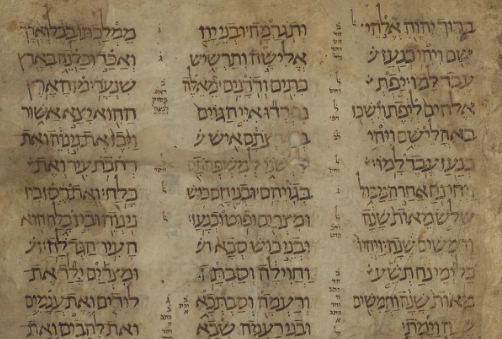
Pentateuch. Eretz Israel. 10th century. ms. Heb 5702
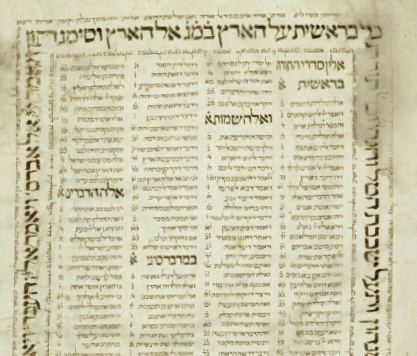
Bible. Spain, 1260. ms. Heb 790
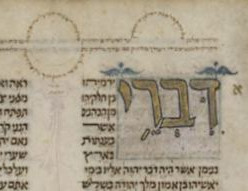
Bible. Spain, 1341. ms. Heb 1401

e-codices - Virtual Manuscript Library of Switzerland
Large clear images; Oddly, Psalm 1 & 2 seem to be combined as one psalm. Psalm 3 is labeled ב
Cod. Bodmer 21

Catalogue entry at:
The Bavarian State Library
Facsimile available at:
Deutsche Forschungsgemeinschaft (DFG, German Research Foundation)
This codex has beautiful clear writing as can be seen below in the first verses of Genesis.
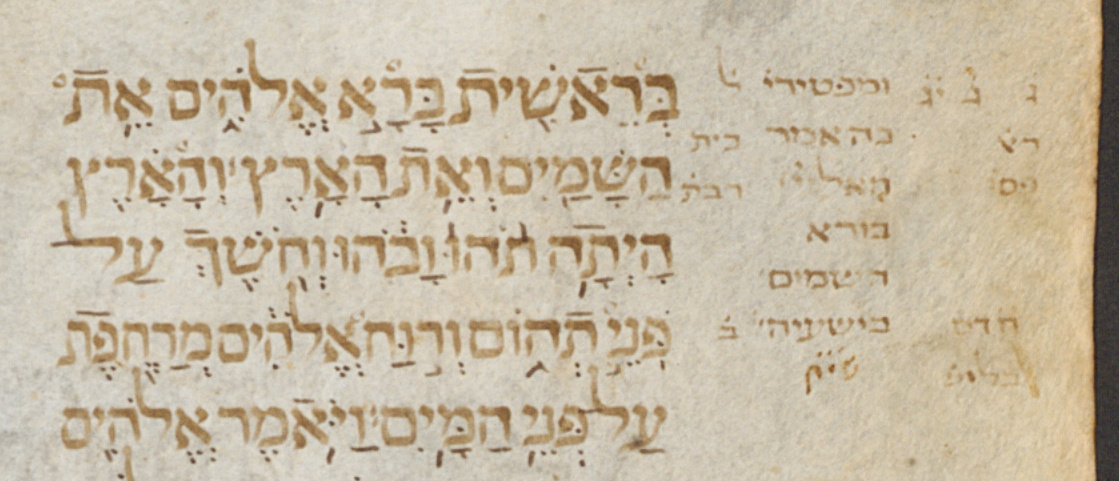
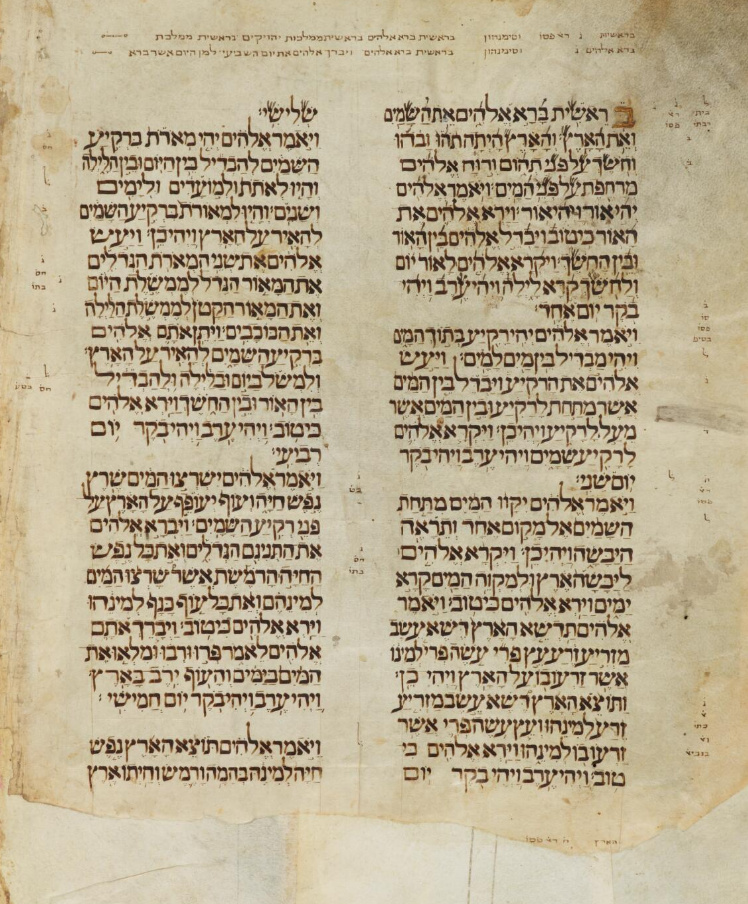
University of Cambridge Digital Library
Illuminated Hebrew Bible (Pentateuch and Hagiographa) with full Tiberian vocalisation and cantillation.
Schiller-Szinessy (vol. i p. 24) writes: ‘The text is a model of beauty and correctness and in strict accordance with the מסרת.’
ms. Add.652
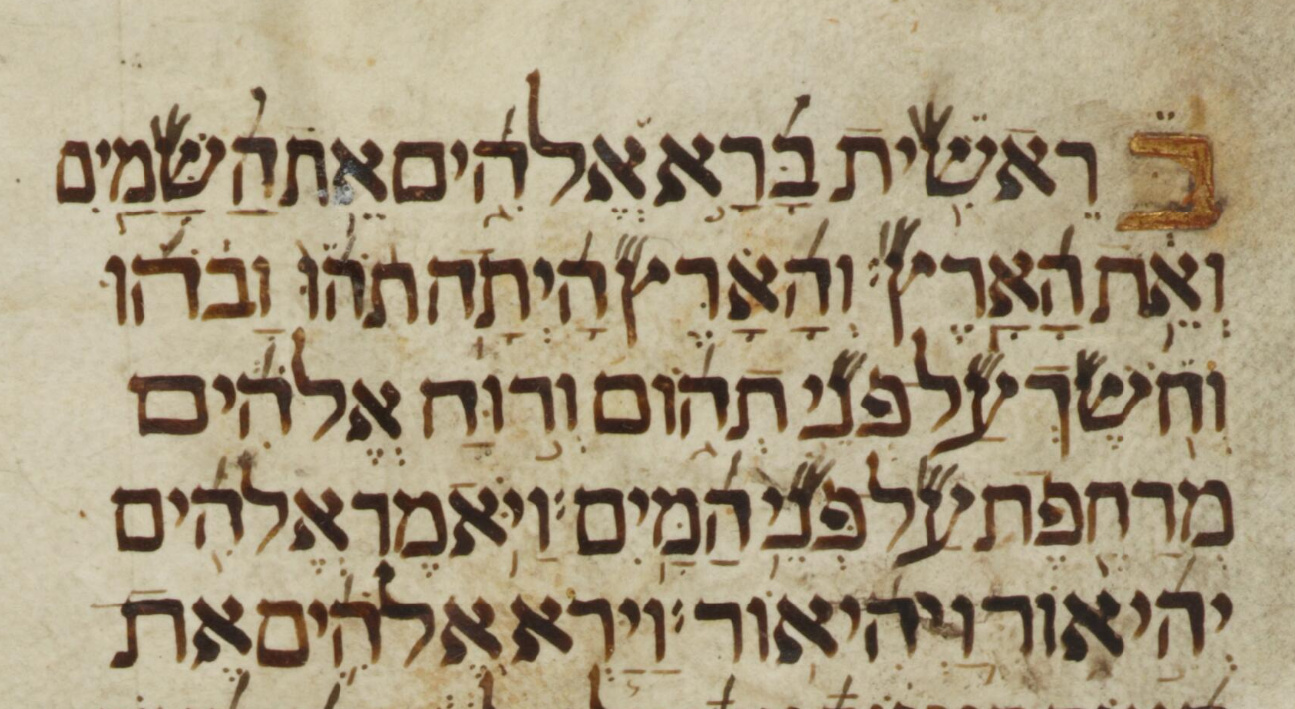
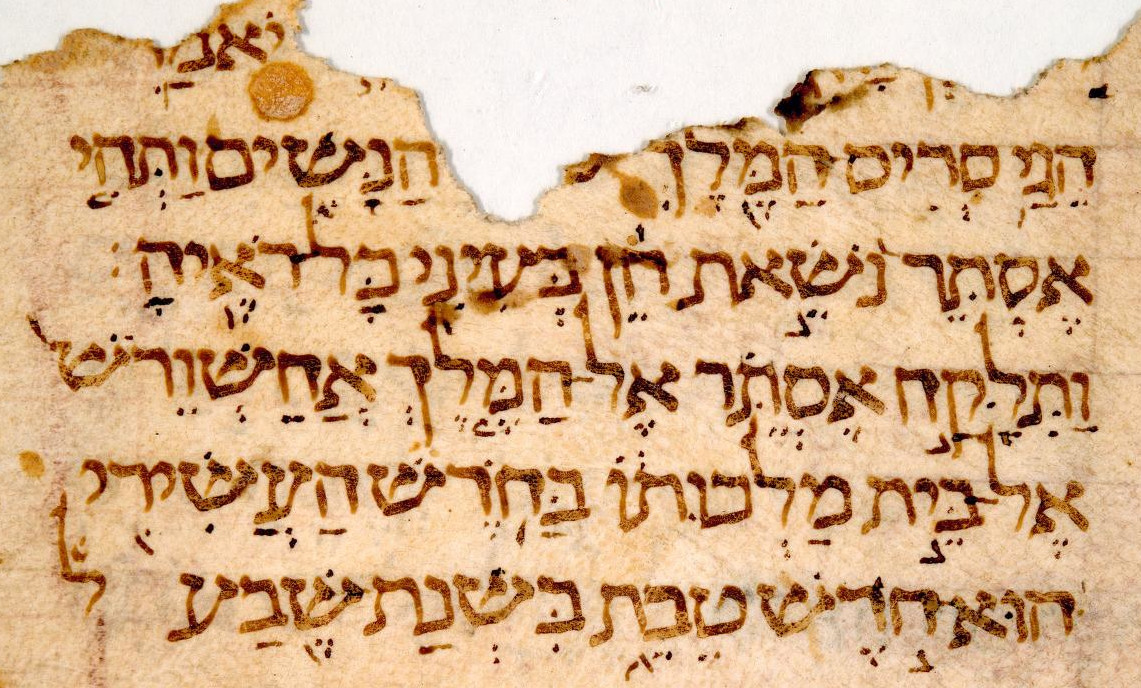
http://sceti.library.upenn.edu/genizah/
For Hebrew Biblical texts, search for "Hebrew" and look for Halper 001 - Halper 036.
Megilat Ester 2:13-16

1524-25
Also known as the ‘Bomberg Bible’.
(Note: this is a printed Bible, not a manuscript, i.e. not handwritten).
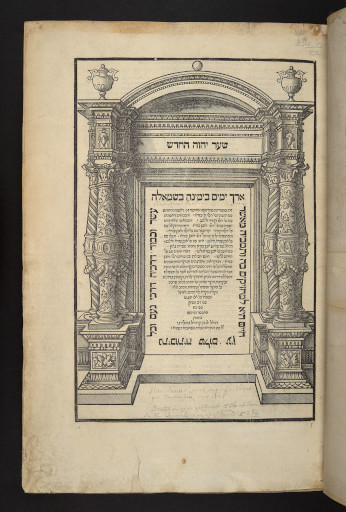
Genesis, Exodus, Leviticus, Numbers, Deuteronomy.
Joshua, Judges, 1 & 2 Samuel, 1 & 2 Kings.
Isaiah, Jeremiah, Ezekiel, Hosea, Joel, Amos, Obadiah, Jonah, Micah, Nahum, Habakkuk, Zephaniah, Haggai, Zechariah, Malachi.
Psalms, Proverbs, Job, Song of Songs, Ruth, Lamentations, Ecclesiastes, Esther, Daniel, Ezra, Nehemiah, and 1 & 2 Chronicles.
The Second Rabbinic Bible is the Hebrew Masoretic text which is believed to have been used as the source text by the King James Bible translators for the Old Testament. The margins contain copious notes about the text in Hebrew. Yaakov ben Hayyim (also known as Jacob ben Hayyim ibn Adonijah or Ben Chayyim), a Masoretic scholar who became a Christian, helped compile the text and notes. The four volumes were first published by Daniel Bomberg in Venice.
The Great Rabbinic Bible page at the British Library.